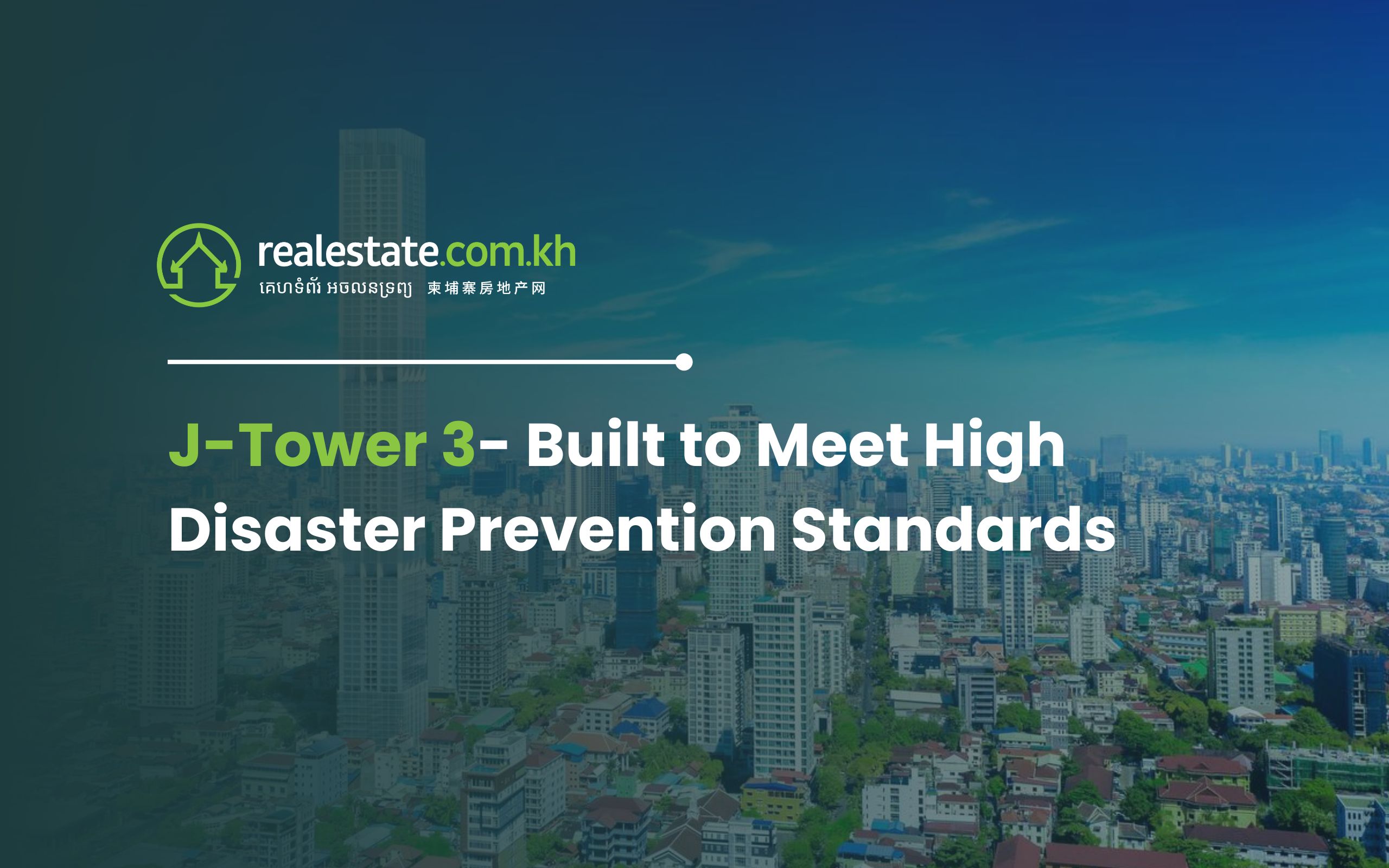A question is repeatedly raised regarding the crisis in real estate sector: “Will there be an upcoming loan crisis?” Yin Leangkong – editor in chief of the magazine Property View, and presenter and editor of real estate and economics at BTV– talks to Realestate.com.khTV about it.
There have been talks of excessive credit growth in the real estate industry in Cambodia. This is causing concern of whether there might be a credit crisis down the line. Recently, financial institutions have shown the year to year credit loan growth rate at an average of 30 percent. And this growth mainly focuses on the real estate sector. Do you have any comments relevant to this point?
When credit loans increase, we find both negative and positive sides to this aspect. The positive is that when the credit increases, then there’s a cash flow for the citizens and the economy.
It is good for citizens when they place this cash into targeted businesses by creating a business with a clear plan. It’s also even greater for business expansion, etc. These activities create more jobs for people.
Also, when the working capital is running in the market, it shows positive effects for the economy.The downside in terms of the rapid growth in credit rate is that there are possible implications. For instance, the growth of the loan amount from banks and microfinance institutions in Cambodia increased approximately 65 percent in 2015, in terms of Gross Domestic Product (GDP). This shows that the economy of the country may be in danger.
But the situation changed in 2016. Loans decreased. So this significantly releases plenty of risk right away. The bank loans or microfinance loans were reduced and now there is a stronger and stricter loan application process than before.
In your point of view, do you think that the real estate market will collapse like it did in 2008?
It’s impossible! Actually, the real estate crisis in 2008 did not start out from Cambodia. It was a global crisis that started from the United States. And although the real estate market slowed down, intelligent and experienced investors in real estate have already taken precautionary measures. Moreover, government already issued regulations to prevent a crisis in this sector as well.Should micro finance companies and banks continue to provide loans for citizens?
I think loan providing institutions should keep lending to people, but there should be a limitation and conditional loans must be specific and clear. When providing loan to people, you have to make sure it will contribute to help for a better standard of living for the customers. For a home loan, it may be suitable with the middle-class bracket. A term loan will provide both affordable standard of living to people. It also profits banks or microfinance institutions. But if there are too many home loans, it may be cause for a crisis. The global economic crisis that started from the United States is a good example. This crisis was due to an excessive amount of home loan buyers in the country that were offered with lenient home loan conditions. They didn’t only buy to live in the properties, they also bought properties to sell for returns. Then when all those loans got stuck, they couldn’t be paid back; so this pushed the real estate crisis broadly to the entire economy. Thus, these loan and financial institutions should seriously consider making clear and strict loan policies before offering loans. It may not be possible for financial institutions to stop loaning immediately, but it would be good to balance the transparency between the supply and demand in order to benefit both the financial institutions and the citizens. It can also help make the macro-economy better.Read more about latest real estate news in Cambodia on Realestate.com.kh





Comments